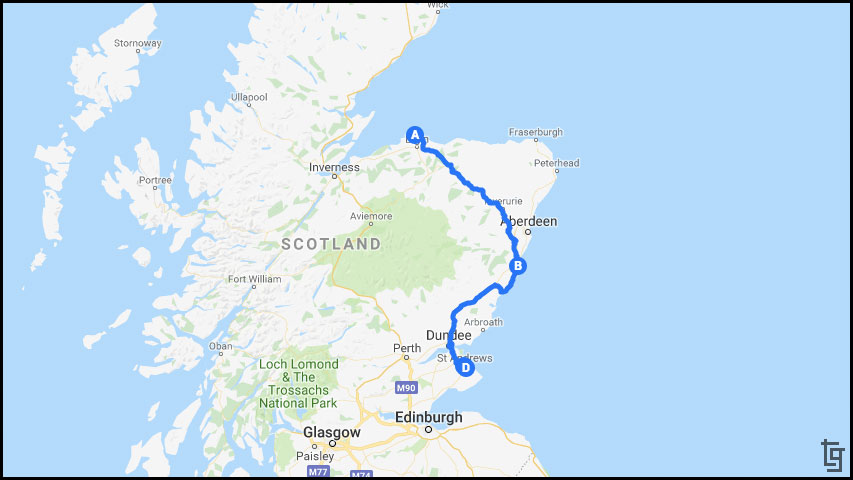
250 km of riding today as we continued around Scotland on the east side from Elgin, to Dunnottar Castle, and ending the day at St. Andrews Holiday Park. BTW, the weather is much nicer here than in the Highlands.

Covesea Skerries Lighthouse overlooks the campground.

Covesea Skerries Lighthouse was built in 1846 and deactivated in 2012.
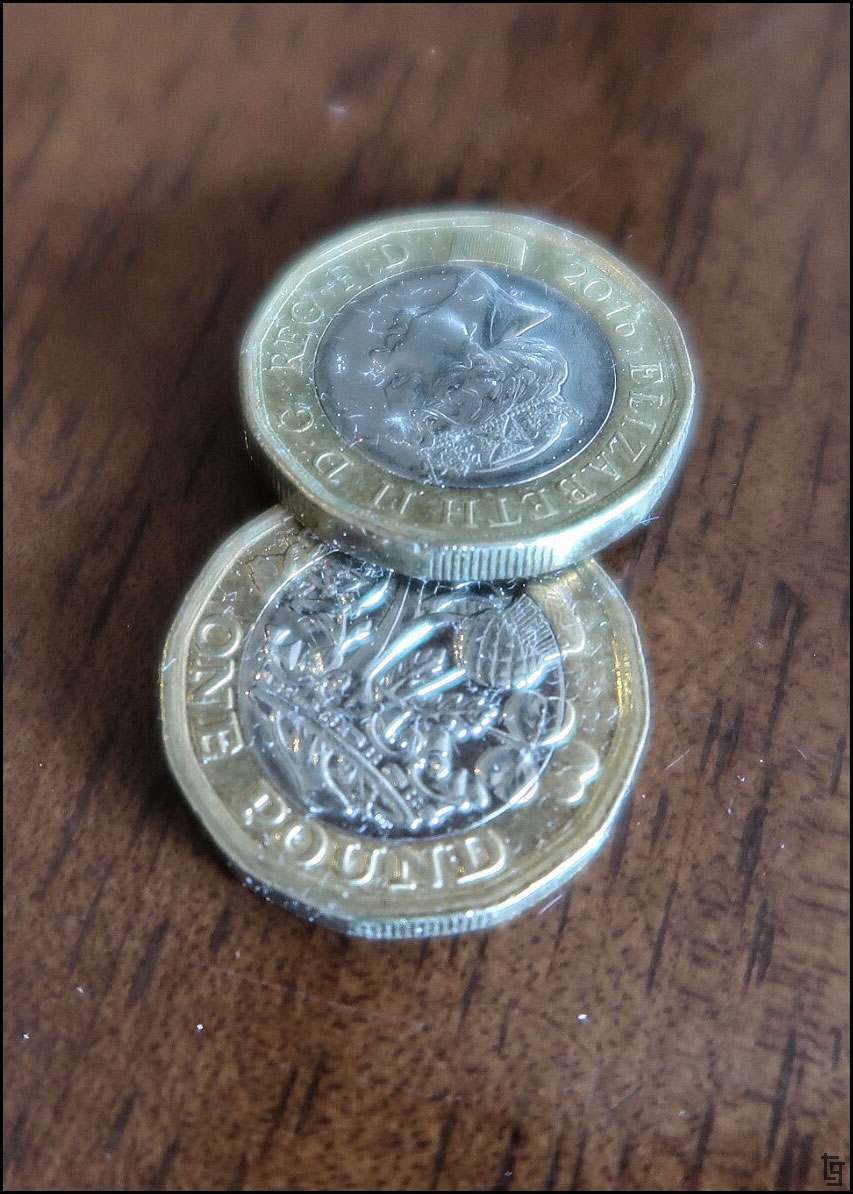
We enjoyed a good breakfast as the campground. The hostess was so nice we decided to leave a small tip. Does leaving two pounds as a tip negate the two pounds of breakfast we just ate?

Since the Scottish invented golf in the 15th century we decided it would be fitting to play a round of golf. Does mini-golf count?
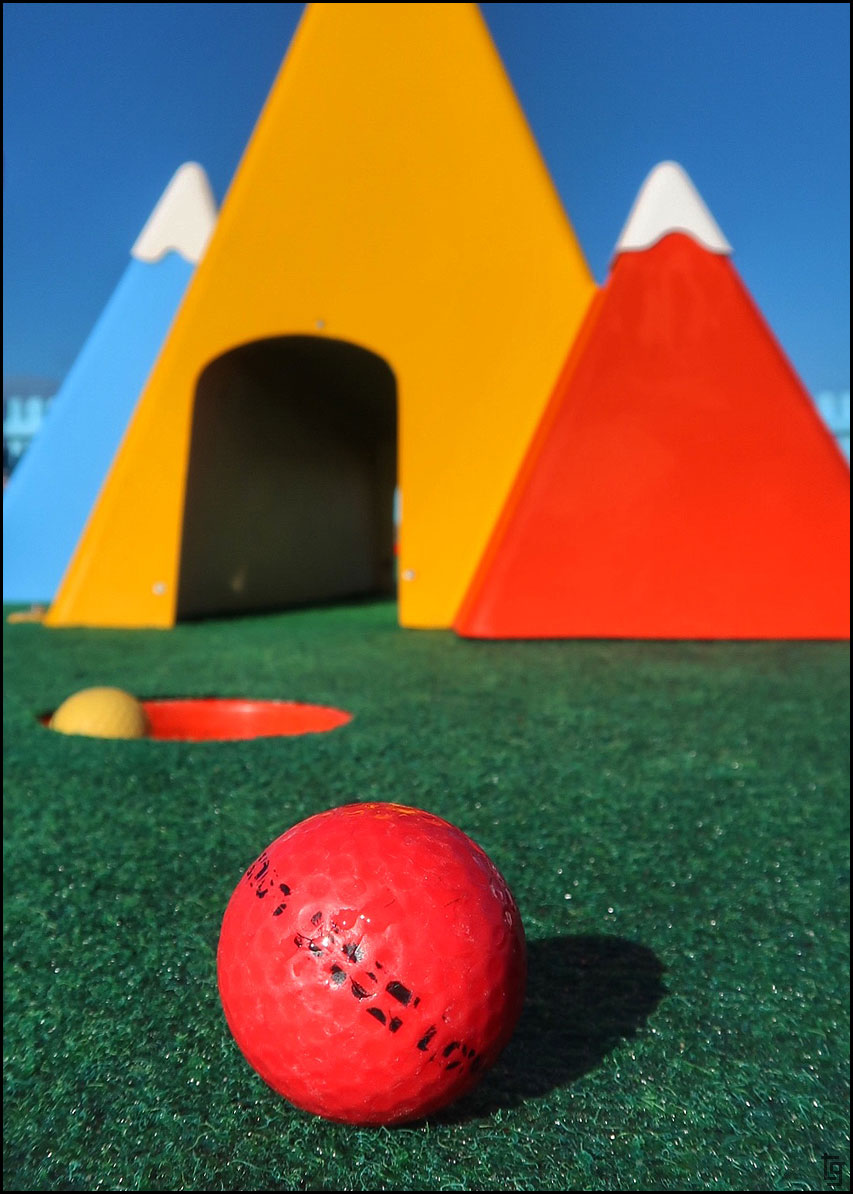
Got to hit it through the yellow mountain. By the way, I boogered a hole so bad that Chantil won the match by four strokes.
On our way out of the town of Elgin we stopped by the Cathedral. It was a nice morning and a great time to take some great pictures of an interesting landmark.
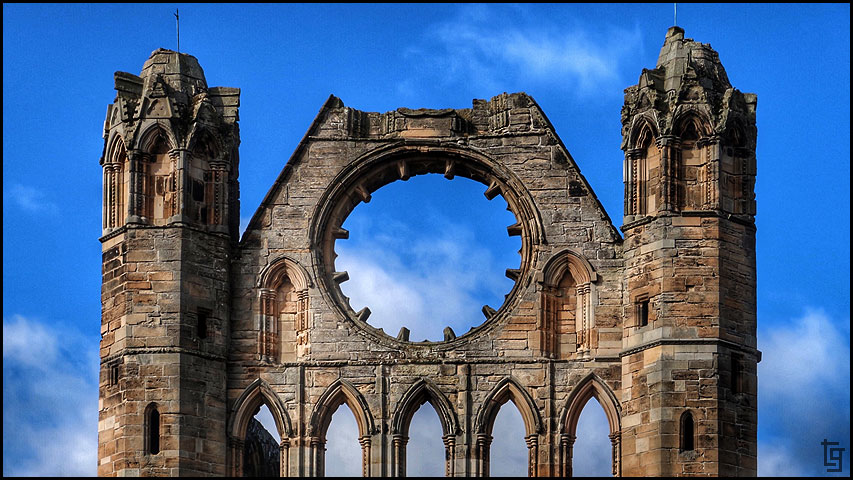
Fragments are all that remain of the large rose window of the Elgin Cathedral.
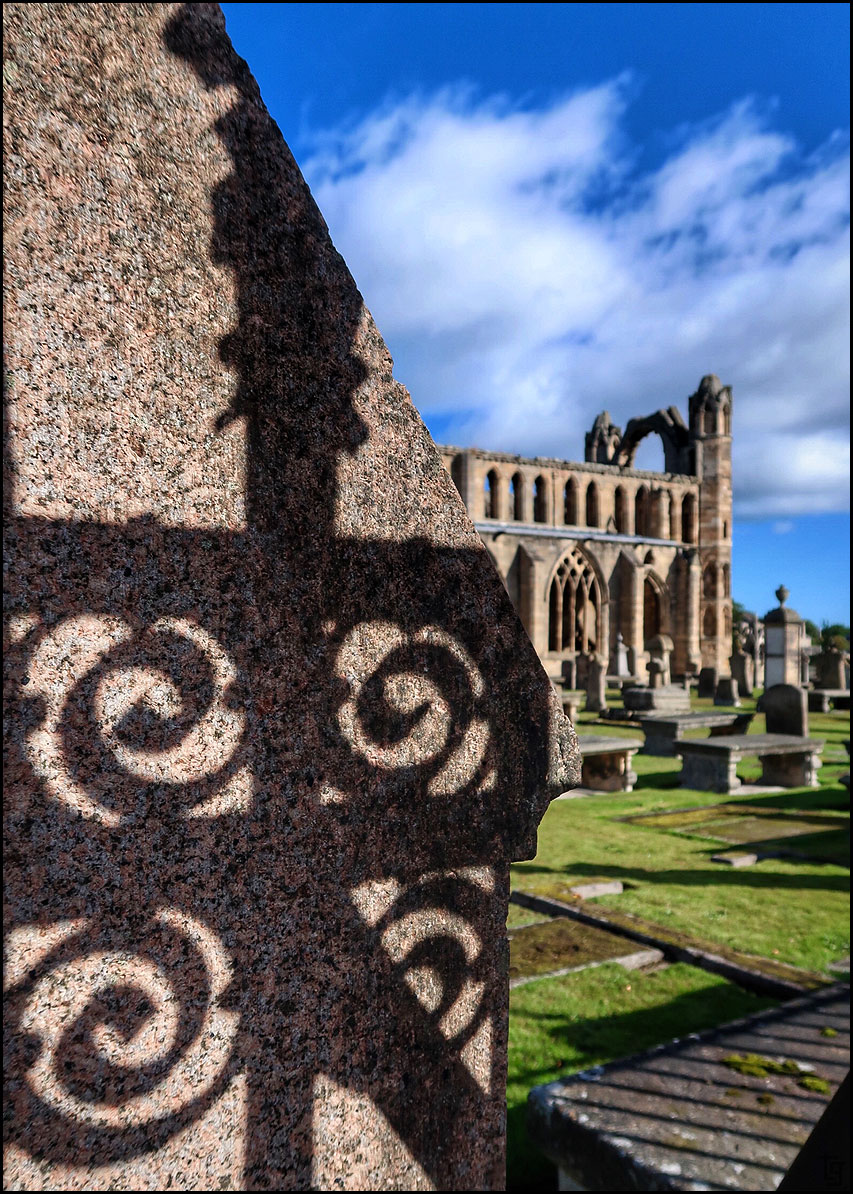
A decorative metal fence surrounds the entire cathedral grounds.
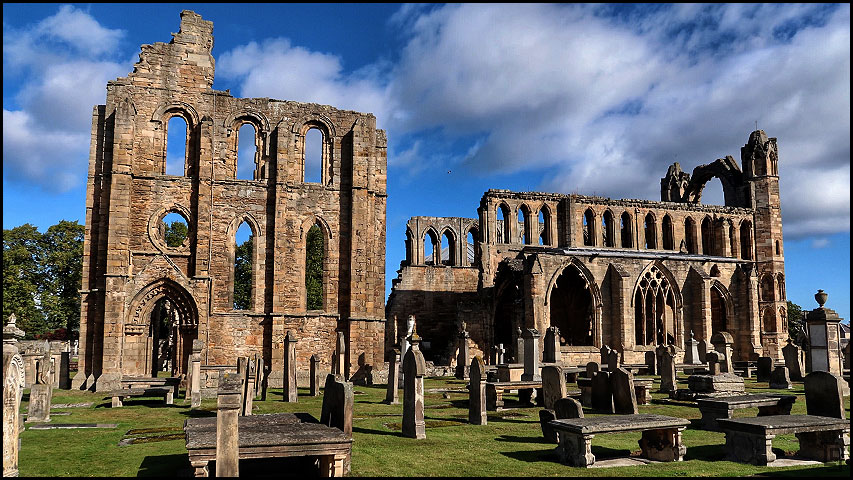
The Elgin Cathedral was established in 1224, but multiple attacks and fires over three centuries have left it in ruins.
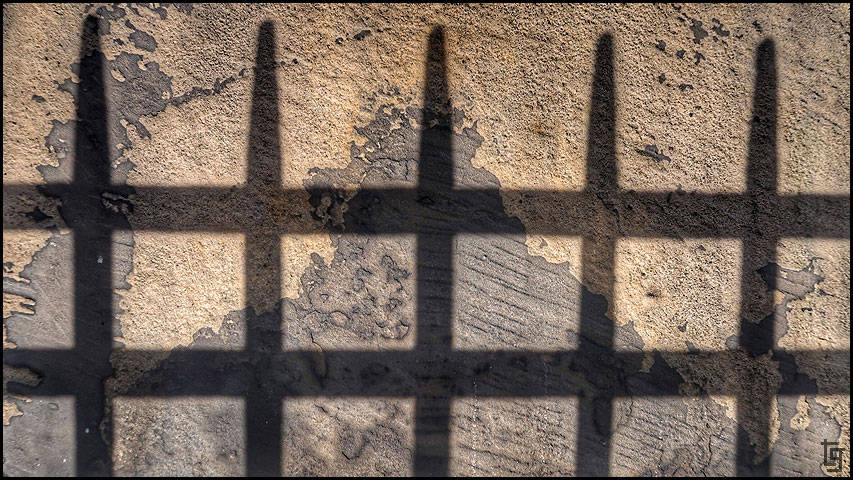
There is a fee to visit inside the fence, but we felt like we had seen enough from the outside.
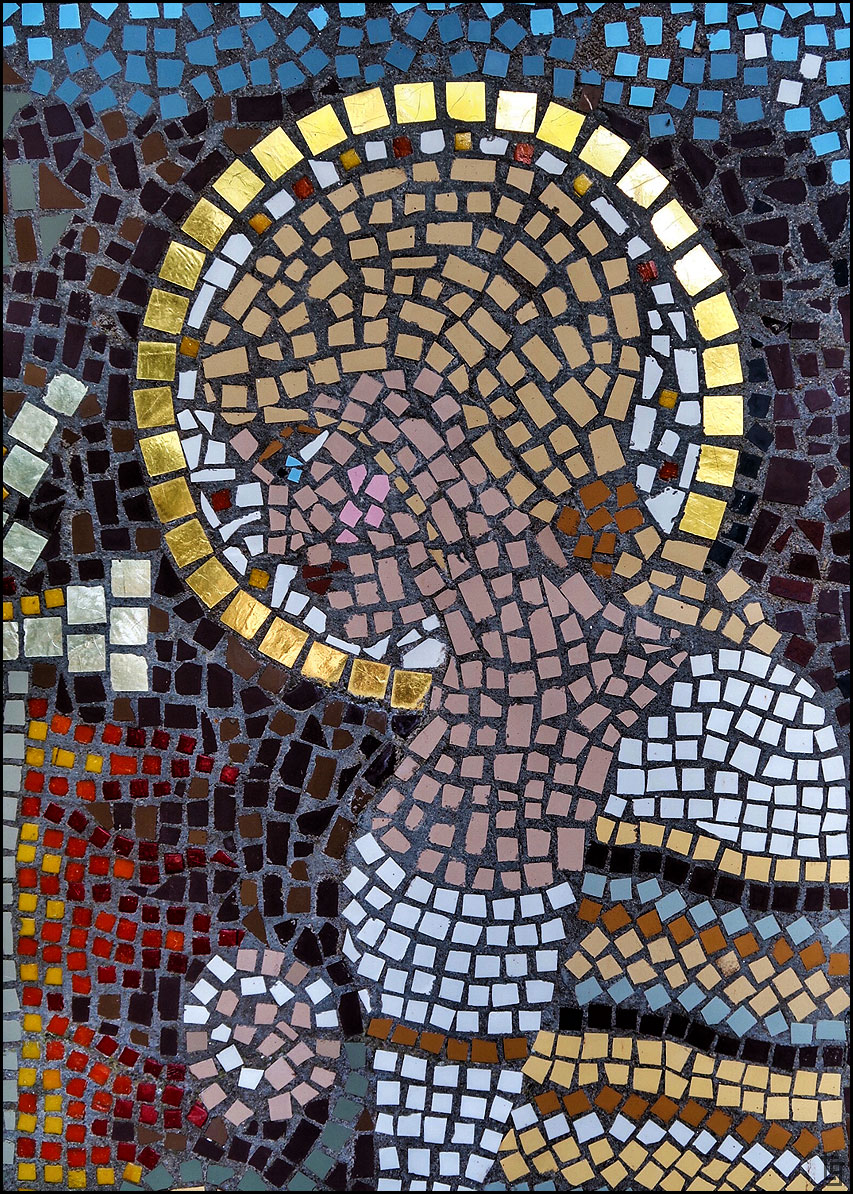
Next door is a Biblical Garden with some nice tile mosaics.
Our next stop was Dunnottar Castle. Just before reaching the parking area, I noticed another fellow motorcyclist pulling out of the parking area and then riding on the right side of the road. No worries, except we are in the UK where you ride on the left! No drama, as I was slowing, he recognized he was on the wrong side and then quickly drifted back his side of the road on the left followed by a sorry gesture. He must be from mainland Europe.
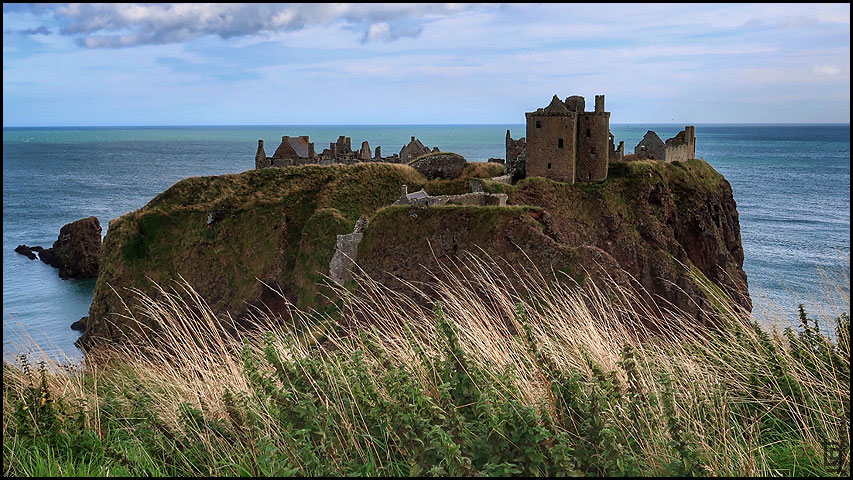
Dunnottar Castle (Scottish Gaelic: Dùn Fhoithear, meaning "fort on the shelving slope") is on a rocky cliff overlooking the North Sea.
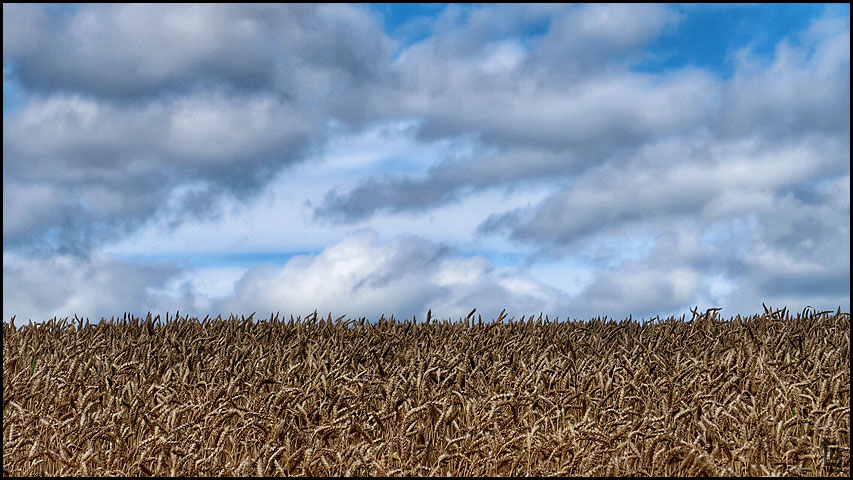
It was harvest season, so the fields were laden with golden wheat.
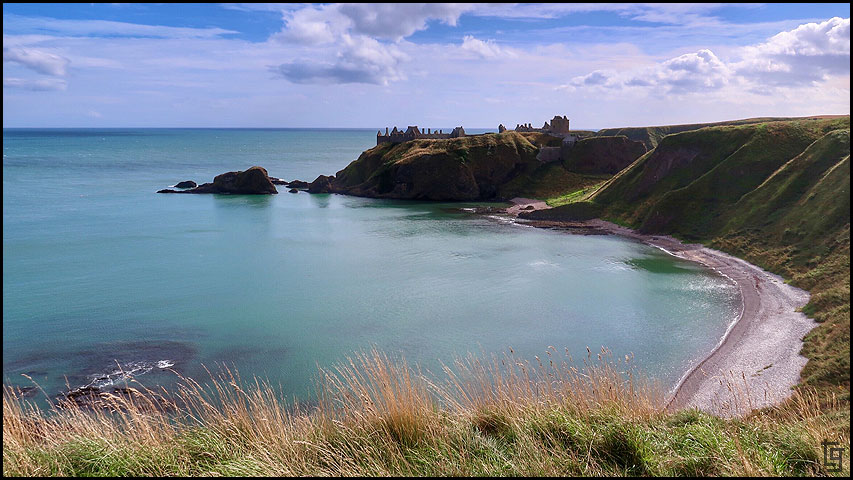
The ruins of Dunnottar Castle can be seen on the picturesque cliffs.
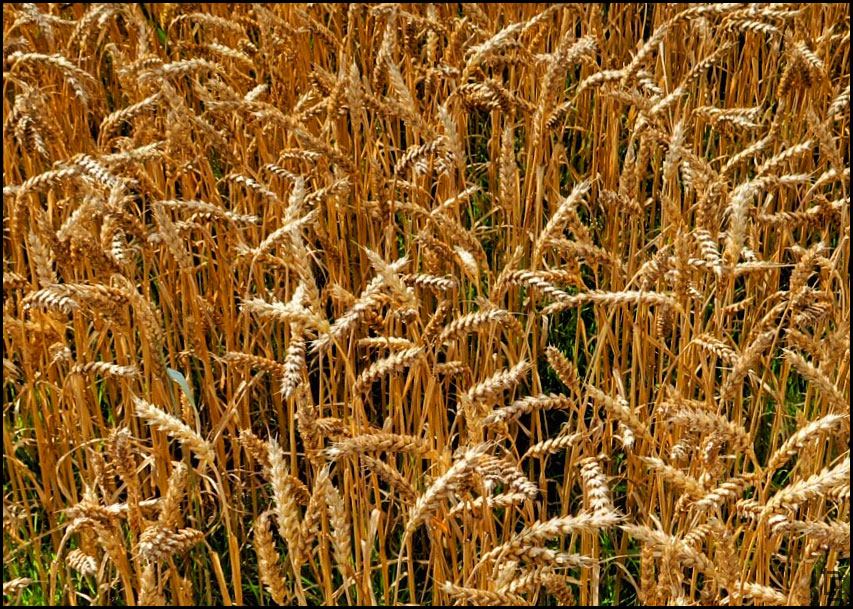
Fields of gold!
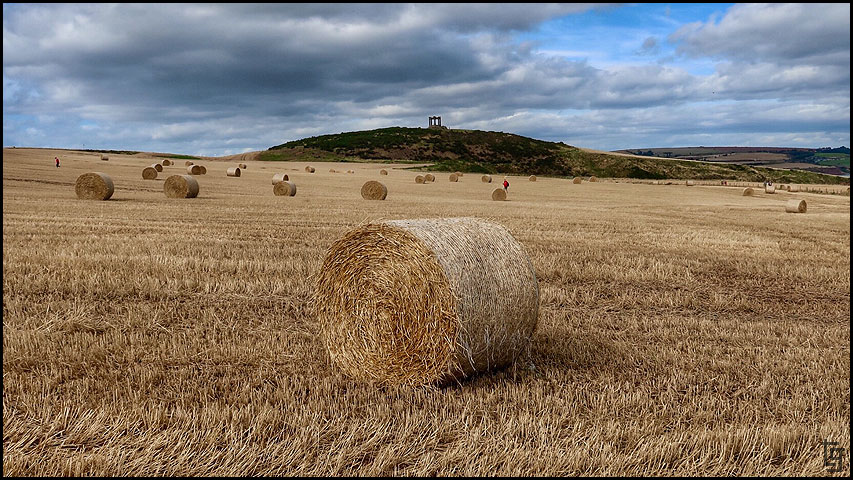
Some of the fields were freshly harvested with wheat straw still in bails.
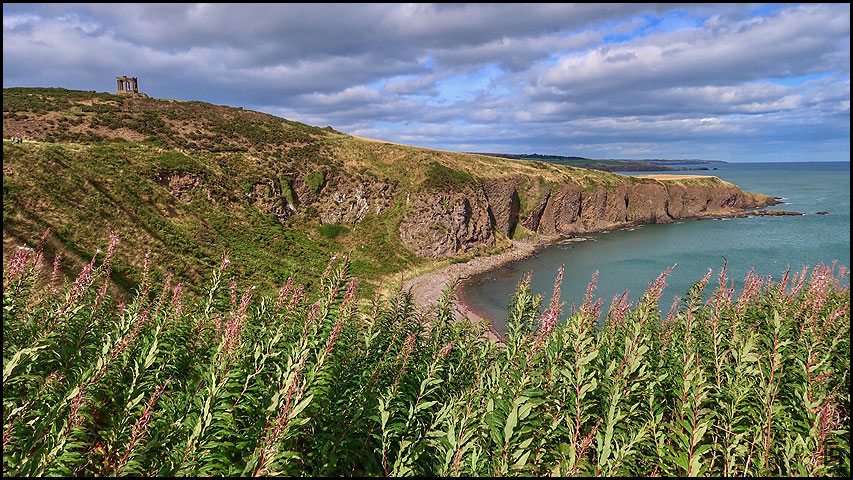
The fields, sea cliffs, and sea breeze all created a memorable afternoon of hiking.
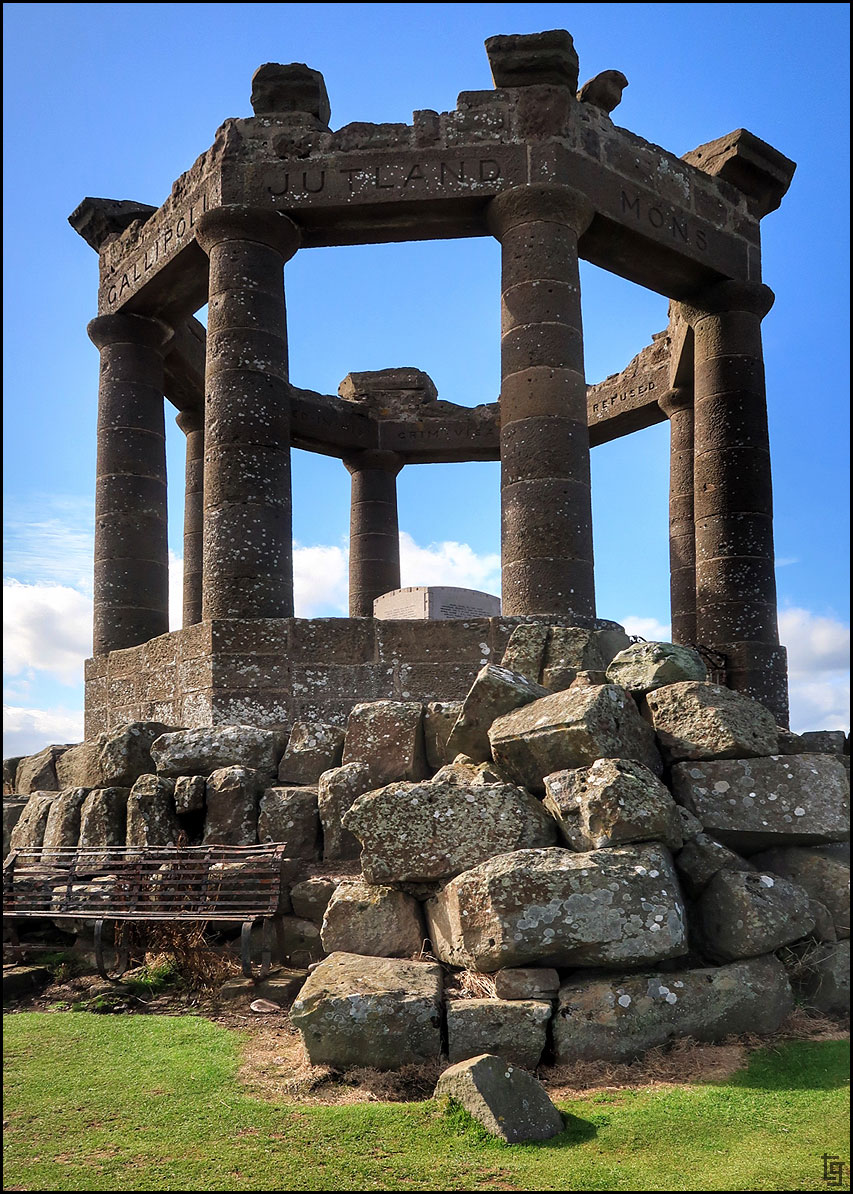
We hiked about 1.5 miles to the Stonehaven War Memorial which was designed by local architect John Ellis to look like an ancient structure.
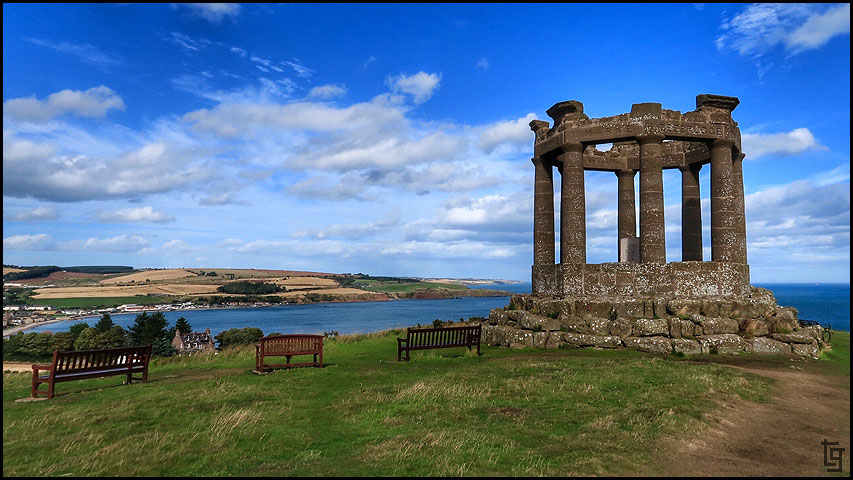
The names of eight First World War battles are inscribed around the crown of the structure: Gallipoli, Jutland, Marne, Mons, Somne, Vimy, Ypres and Zeebrugge.
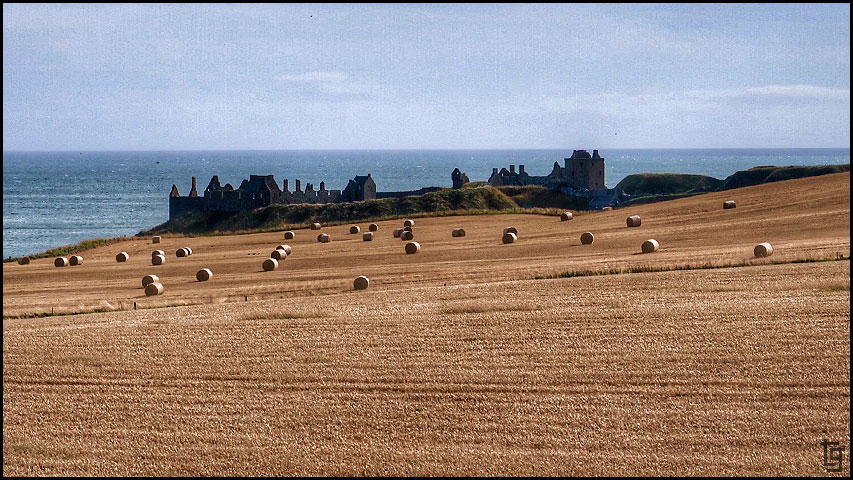
Looking back at the Dunnottar Castle.
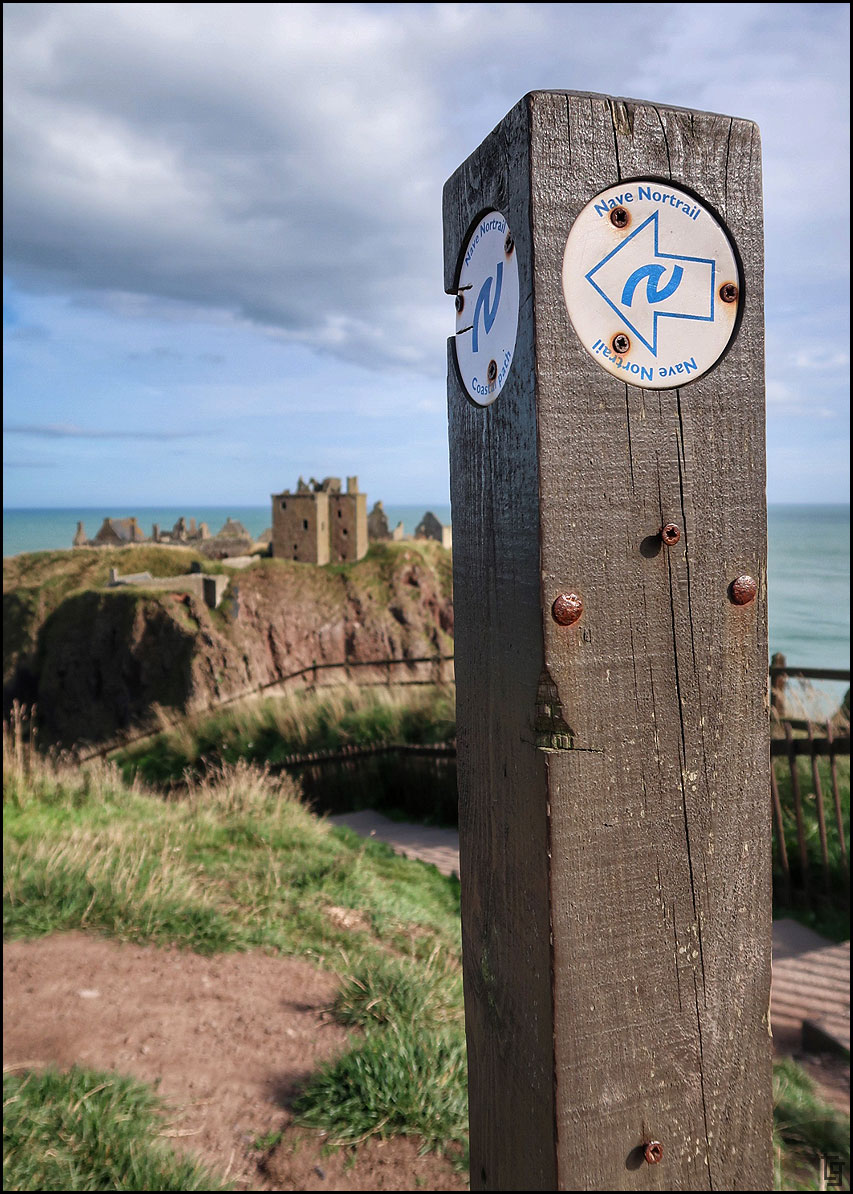
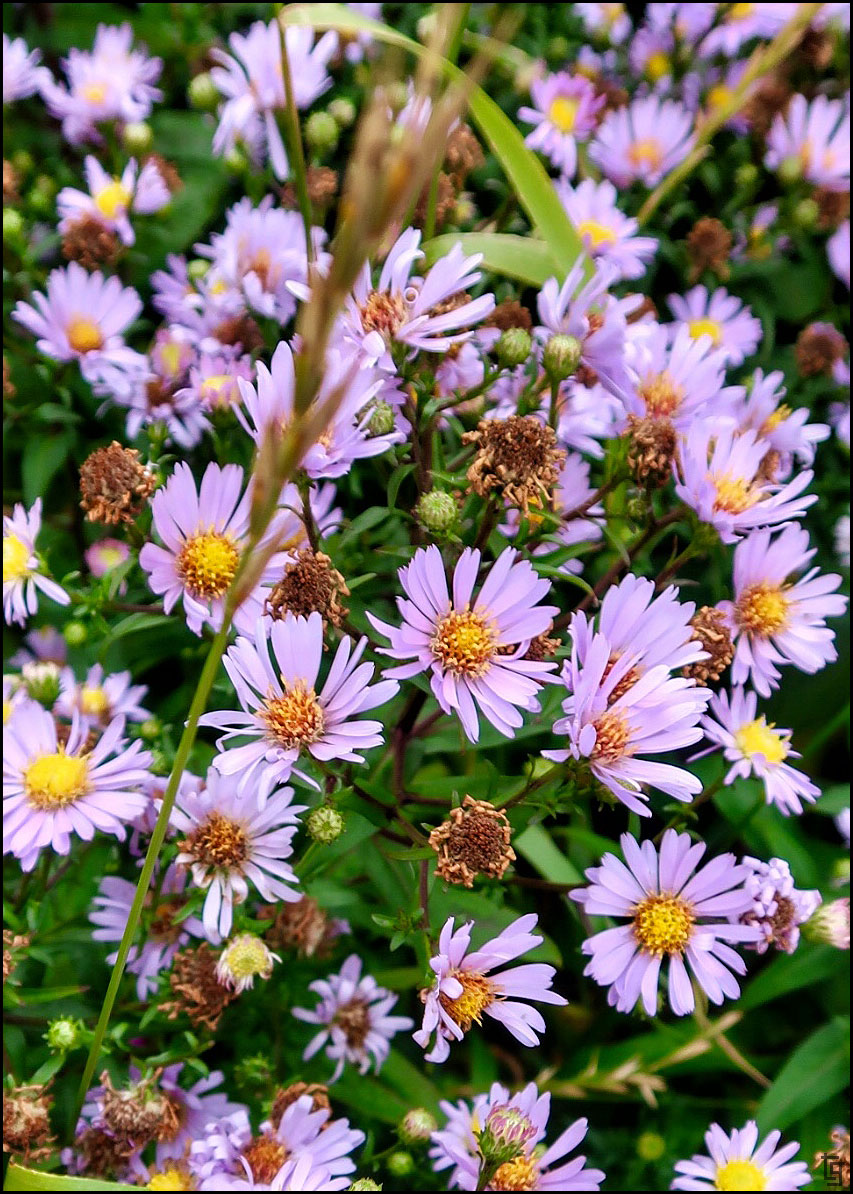







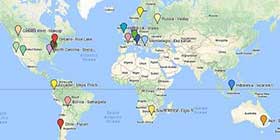













 3Likes
3Likes

































 Threaded Mode
Threaded Mode







